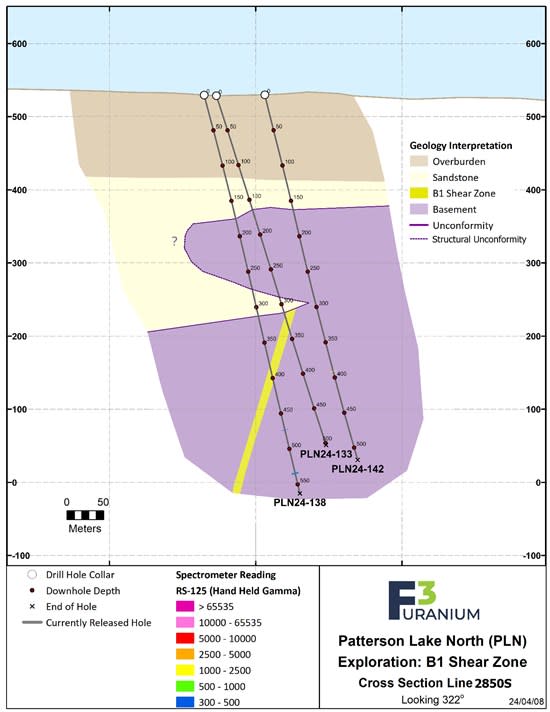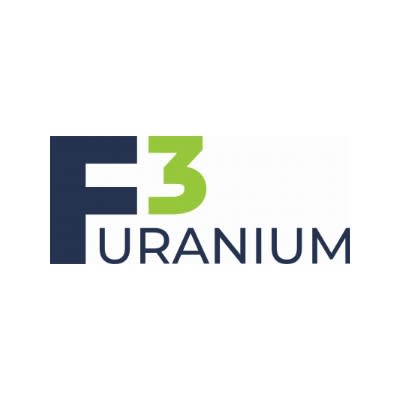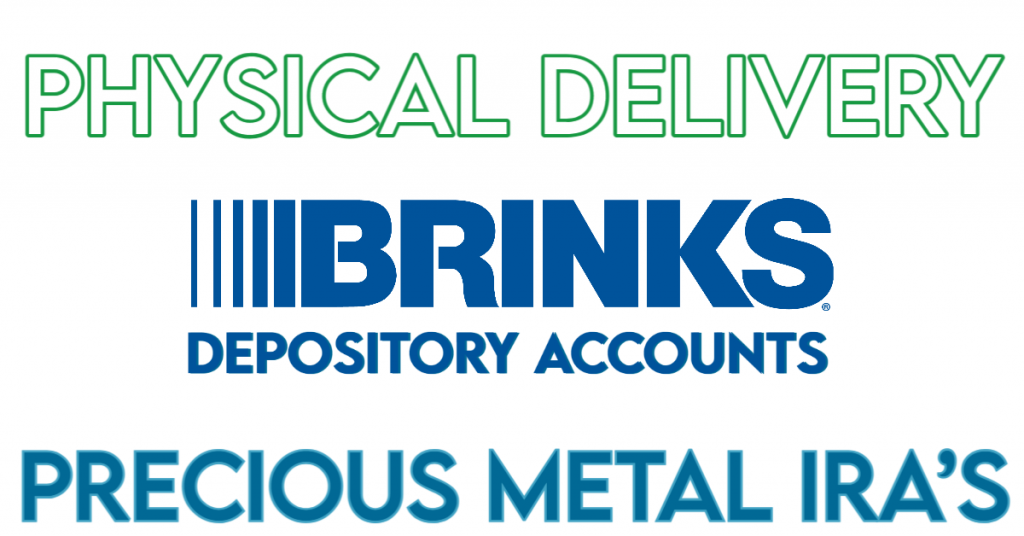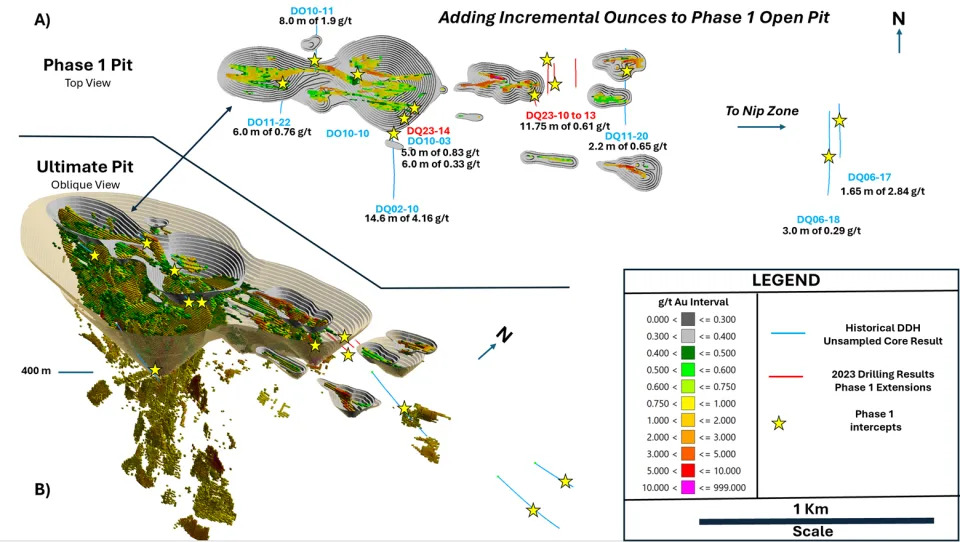Vancouver, British Columbia–(Newsfile Corp. – April 23, 2024) – Dolly Varden Silver Corporation (TSXV: DV) (OTCQX: DOLLF) (the “Company” or “Dolly Varden“) is pleased to announce plans for the 2024 exploration drilling program at its 100% owned Kitsault Valley Project. An initial 25,000 meters of diamond drilling is planned, starting with three drills. The focus will be on following up on new discoveries as well as stepping out from wide, higher-grade intercepts from the 2023 drilling, particularly at the Homestake Silver and Wolf deposits. Mobilization will be in the first week of May, allowing for an earlier start on exploration than previous years due to a low snowpacks.
The drill program will be split approximately 50/50 between the Dolly Varden Property and the Homestake Ridge Property, with an overall project split of 1/3 to Homestake Silver deposit area, 1/3 to Wolf deposit area and 1/3 to project wide exploration targets with new discovery potential.
“Our drill results from Homestake Silver were among the highest-grade gold and silver intercepts anywhere in the Golden Triangle in 2023; our priority with this early start is to continue with step-outs as well as infill drilling to confirm continuity of the potentially bulk-mineable mineralization. Further south, silver mineralization at Wolf remains wide open for expansion and this seasons’ introduction of directional drilling technology will allow for highly accurate placement of drill intercepts,” said Shawn Khunkhun, CEO of Dolly Varden Silver.
Figure 1. Targets for the 2024 Exploration program along Dolly Varden’s Kitsault Valley Trend
To view an enhanced version of this graphic, please visit:
https://images.newsfilecorp.com/files/1728/206500_0f180e52946a1ace_002full.jpg
Wolf Vein
At the Wolf Vein, drilling is planned to delineate the width and extent of the southerly plunge of wider and higher-grade silver mineralization. Step out holes that define the trace of the plunge are spaced so that any new mineralization can be included in a future resource update. The Company will implement directional drilling technology with the objective of more cost effective and accurate exploration at Wolf, particularly for deep holes.
Wolf Vein remains open to depth where results from 2023 drilling indicate an increase in base metal (lead and zinc) content as well as wider epithermal breccia vein silver mineralization, such as previous released step-out drill hole DV23-375, that intersected 296 g/t silver, 1.68% Pb and 3.01%Zn (461 g/t AgEq*) over 26.99 meters, including 1,475g/t Ag, 10.65% Pb and 12% Zn (2,260 g/t AgEq*) over 0.50 meter from an 81-metre step-out (from previous release: November 6, 2023).
Figure 2. Previously released result highlights (2022 and 2023) on Wolf Vein long section looking northwest showing open zones for follow up and trace of wider, higher-grade plunge as black line.
To view an enhanced version of this graphic, please visit:
https://images.newsfilecorp.com/files/1728/206500_0f180e52946a1ace_003full.jpg
*AuEq and AgEq are calculated using two precious metal components at $US1650/oz Au, $US20/oz Ag, $US0.90/lb Pb and $US1.10/lb Zn. Assays are not capped and 100% recovery used for Ag and Au and base metals.
**Estimated true widths vary depending on intersection angles and range from 50% to 85% of core lengths, further modelling of the new interpretation is needed before true widths can be calculated.
Homestake Silver
The program planned for Homestake Silver will start with follow up drilling on the newly discovered gold zone at the northern extent of deposit, where coarse-grained native gold in late-stage quartz-carbonate veins (Figure 3.) returned grades of 1,335 g/t Au and 781 g/t Ag over 0.68 meters within a wider interval of stockwork grading 79.49 g/t Au and 60 g/t Ag over 12.45 meters in drill hole HR23-389 (from previous release: February 12, 2024). Data from oriented core drilling indicates these quartz-carbonate veins are geologically younger and crosscut the Homestake trend at a low angle.
Figure 3. Visible Gold in quartz carbonate vein from drillhole HR23-389 at 410.00m depth.
To view an enhanced version of this graphic, please visit:
https://images.newsfilecorp.com/files/1728/206500_0f180e52946a1ace_004full.jpg
The second part of Homestake Silver drilling will be resource expansion and upgrade holes that target the low angle, north dipping plunge of wide and high-grade gold and silver mineralization encountered in 2023 (Figure 4.). The mineralized plunge orientation at Homestake Silver was initially recognized in 2023 with results such as previously reported drill hole HR23-416, that intercepted the newly defined mineralized envelope returned a 93.95 meter wide zone grading 1.74 g/t Au and 213 g/t Ag (357 g/t AgEq) which included several distinct breccia vein intervals grading 11.80 g/t Au and 1,824 g/t Ag (2,802 g/t AgEq) over 9.16 meters length, 13.16 g/t Au and 3,085 g/t Ag (4,176 g/t AgEq) over 2.26 meters and 55.40 g/t Au and 4,830 g/t Ag (9,422 g/t AgEq) over 1.02 meters (previous release: January 16, 2024).
Figure 4. Homestake Ridge Long section looking southwest showing previous results of wide, highr grade plunge and new gold zone at Homestake Silver with 2024 target areas.
To view an enhanced version of this graphic, please visit:
https://images.newsfilecorp.com/files/1728/206500_0f180e52946a1ace_005full.jpg
*AuEq and AgEq are calculated using two precious metal components at $US1650/oz Au, $US20/oz Ag, Assays are not capped and 100% recovery used for Ag and Au.
**Estimated true widths vary depending on intersection angles and range from 50% to 85% of core lengths, further modelling of the new interpretation is needed before true widths can be calculated
Exploration Targets including Moose Vein
The Moose Vein is located 1.5 km up north of the Wolf Vein and is interpreted to be hosted within a similar cross cutting structure as Wolf. In 2023, drill hole DV23-371 from the Moose vein intercepted veining and mineralization similar to that seen at Wolf that graded 712 g/t Ag over 1.00 meter within a 7.55-metre-length interval averaging 269 g/t Ag (from previous release: November 6, 2024). This mineralization will be followed up by targeting down the same plunge trend as defined at Wolf.
Other Exploration targets on both the Homestake Ridge and Dolly Varden properties include targets within the 5.4 km long area between the southern end of Homestake Silver and Wolf Vein, under the mid-valley sedimentary cap rocks. Additionally, geophysical targets west of the Homestake Main deposit will be tested, within a parallel basin bounding structures similar to those hosting the Homestake Main and Homestake Silver deposits.
Other studies on road access, advanced metallurgy, wildlife, and baseline environmental monitoring as well as field mapping in underexplored areas of the property will be completed.
Quality Assurance and Quality Control
The Company adheres to CIM Best Practices Guidelines for exploration related activities conducted on its property. Quality Assurance and Quality Control (QA/QC) procedures are overseen by the Qualified Person.
Dolly Varden QA/QC protocols are maintained through the insertion of certified reference material (standards), blanks and field duplicates within the sample stream. Drill core is cut in-half with a diamond saw, with one-half placed in sealed bags and shipped to the laboratory and the other half retained on site. Third party laboratory checks on 5% of the samples are carried out as well. Chain of custody is maintained from the drill to the submittal into the laboratory preparation facility.
Analytical testing was performed by ALS Canada Ltd. in North Vancouver, British Columbia. The entire sample is crushed to 70% minus 2mm (10 mesh), of which a 500 gram split is pulverized to minus 200 mesh. Multi-element analyses were determined by Inductively Coupled Plasma Mass Spectrometry (ICP-MS) for 48 elements following a 4-acid digestion process. High grade silver testing was determined by Fire Assay with either an atomic absorption, or a gravimetric finish, depending on grade range. Au is also determined by fire assay on a 30g split with either atomic absorption, or gravimetric finish, depending on grade range. Metallic screen on a 1.0kg sample may be completed on high-grade gold samples.
Qualified Person
Rob van Egmond, P.Geo., Vice-President Exploration for Dolly Varden Silver, the “Qualified Person” as defined by NI43-101 has reviewed, validated and approved the scientific and technical information contained in this news release and supervises the ongoing exploration program at the Dolly Varden Project.
About Dolly Varden Silver Corporation
Dolly Varden Silver Corporation is a mineral exploration company focused on advancing its 100% held Kitsault Valley Project (which combines the Dolly Varden Project and the Homestake Ridge Project) located in the Golden Triangle of British Columbia, Canada, 25kms by road to tide water. The 163 sq. km. project hosts the high-grade silver and gold resources of Dolly Varden and Homestake Ridge along with the past producing Dolly Varden and Torbrit silver mines. It is considered to be prospective for hosting further precious metal deposits, being on the same structural and stratigraphic belts that host numerous other, on-trend, high-grade deposits, such as Eskay Creek and Brucejack. The Kitsault Valley Project also contains the Big Bulk property which is prospective for porphyry and skarn style copper and gold mineralization, similar to other such deposits in the region (Red Mountain, KSM, Red Chris).
Forward Looking Statements
This release may contain forward-looking statements or forward-looking information under applicable Canadian securities legislation that may not be based on historical fact, including, without limitation, statements containing the words “believe”, “may”, “plan”, “will”, “estimate”, “continue”, “anticipate”, “intend”, “expect”, “potential”, and similar expressions. Forward-looking statements involve known and unknown risks, uncertainties, and other factors which may cause the actual results, performance, or achievements of Dolly Varden to be materially different from any future results, performance, or achievements expressed or implied by the forward-looking statements. Forward looking statements or information in this release relates to, among other things, the 2022 drill program at the Kitsault Valley Project, the results of previous field work and programs and the continued operations of the current exploration program, interpretation of the nature of the mineralization at the project and that that the mineralization on the project is similar to Eskay and Brucejack, results of the mineral resource estimate on the project, the potential to grow the project, the potential to expand the mineralization and our beliefs about the unexplored portion of the property.
These forward-looking statements are based on management’s current expectations and beliefs and assume, among other things, the ability of the Company to successfully pursue its current development plans, that future sources of funding will be available to the company, that relevant commodity prices will remain at levels that are economically viable for the Company and that the Company will receive relevant permits in a timely manner in order to enable its operations, but given the uncertainties, assumptions and risks, readers are cautioned not to place undue reliance on such forward-looking statements or information. The Company disclaims any obligation to update, or to publicly announce, any such statements, events or developments except as required by law.
For additional information on risks and uncertainties, see the Company’s most recently filed annual management discussion & analysis (“MD&A“) and management information circular dated January 21, 2022 (the “Circular“), both of which are available on SEDAR at www.sedar.com. The risk factors identified in the MD&A and the Circular are not intended to represent a complete list of factors that could affect the Company.
Neither the TSX Venture Exchange nor its Regulation Services Provider (as that term is defined in the policies of the TSX-V) accepts responsibility for the adequacy or accuracy of this news release.
For further information: Shawn Khunkhun, CEO & Director, 1-604-609-5137, www.dollyvardensilver.com;

To view the source version of this press release, please visit https://www.newsfilecorp.com/release/206500



























